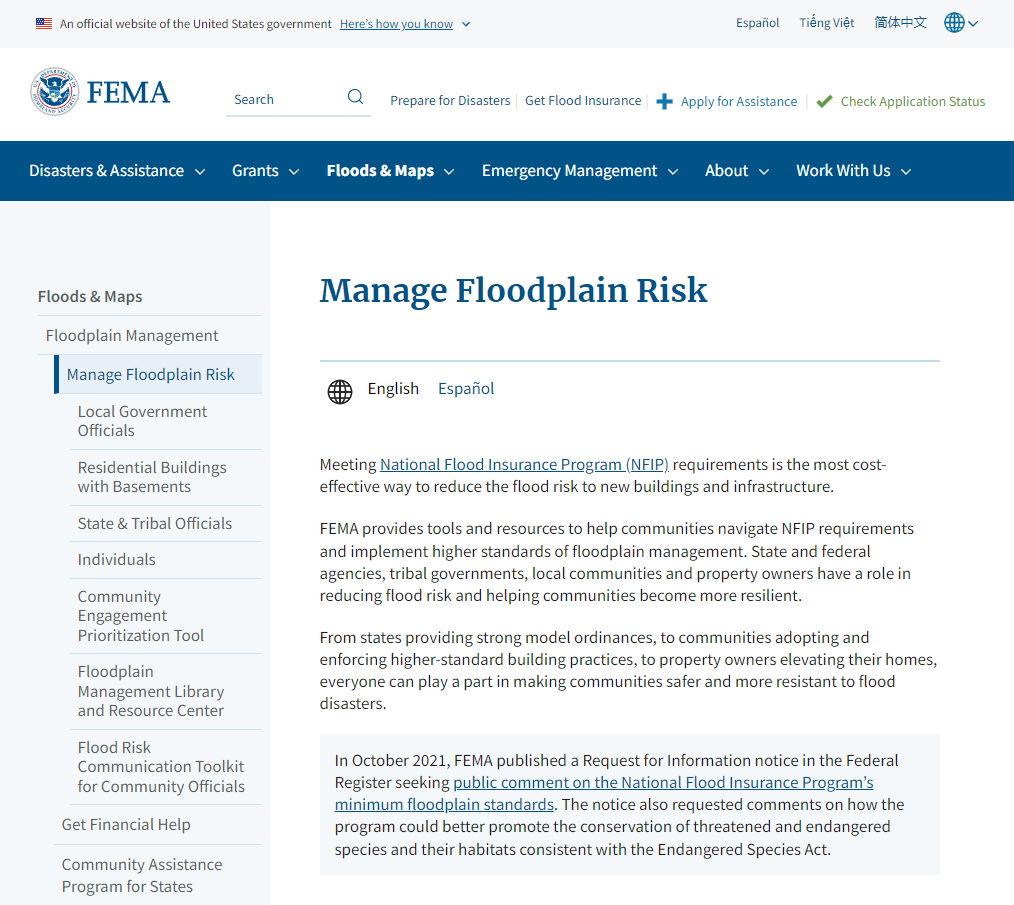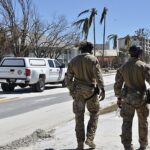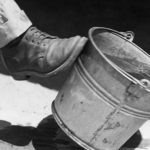As Florida homeowners, we know the importance of hurricane preparation – each year we live on alert for the Atlantic Coast’s start of hurricane season.
Part of staying prepared is knowing which flood zone your residence falls into, and how to use that information to secure and protect your home from potential hurricanes and flooding events.
With this knowledge in hand, you can then plan ahead with confidence and be equipped to act swiftly when a storm does arrive! In this blog post, we will take a closer look at how you can identify your flood zone in Florida and what that means for your Hurricane Prep efforts.
What are Flood Zones and Why Are They Important for Hurricane Preparedness
Flood zones are geographical areas that are prone to flooding and have been classified by FEMA. These zones are important for hurricane preparedness because they help individuals and communities understand their risk of flood damage.
Knowing your flood zone can help you make informed decisions about whether to evacuate before a storm hits, as well as when and where to buy flood insurance. It’s essential to understand that even if you don’t live in a high-risk area, you can still experience flooding during a hurricane.
That’s why it’s critical to take precautions, such as having a family emergency plan and stocking up on supplies, to ensure your safety during a hurricane. Overall, flood zones and hurricane preparedness go hand in hand, and understanding your risk is key to protecting yourself and your property.
How to Identify Your Florida Flood Zone Using FEMA Maps & Tools
As beautiful as Florida is, it is also prone to floods. Therefore, it is essential that Florida residents know their flood zones.
Thankfully, the Federal Emergency Management Agency (FEMA) has made the process of identifying your flood zone relatively straightforward. FEMA offers numerous maps and tools that can give you a better understanding of your area’s flood risk.
By simply entering your address on FEMA’s website, you can quickly locate your flood zone and learn about the risks involved. In addition, FEMA also offers valuable resources like the Flood Map Service Center and the National Flood Hazard Layer that provide in-depth information on Florida’s flood zones. Knowing your flood zone is crucial when it comes to purchasing flood insurance and taking the necessary precautions to protect yourself and your property.

Understanding the Different Types of Florida Flood Zones
Florida is a state that is no stranger to flooding, and as a result has implemented a classification system for different flood zones. It’s important to understand the different types of flood zones, as each designates different levels of risk when it comes to potential flooding.
The flood zones include zones A, AE, AH, VE, X, D, and shaded X.
Some of these zones indicate an area where flooding is likely to occur during a major storm event, while others are considered to be lower risk areas. By understanding which flood zone your property is located in, you can take necessary precautions to protect yourself and your belongings in the event of a flood.
Taking Action Based on Your Flood Zone – What Should You Do Now
If you are living in an area prone to flooding, it is important to take necessary precautions and be prepared for any potential disasters. Start by finding out if you live in a flood zone and what level of risk it poses.
Then, take action based on this knowledge – elevate important appliances or furniture, ensure your insurance coverage is sufficient, and have an evacuation plan handy.
Remember, even if you aren’t directly affected by the flood, the aftermath can cause major damage to roads, bridges, and infrastructure which can disrupt your day-to-day life. By taking preemptive steps, you can protect yourself, your family, and your belongings from the devastating effects of flooding. Stay informed and stay safe!
Collecting Important Supplies to Prepare For a Hurricane in Florida
During hurricane season, it’s important to be prepared for whatever may come our way in Florida. One of the most crucial steps you can take is to collect all of the necessary supplies ahead of time. You’ll want to make sure you have a stockpile of non-perishable food items, such as canned goods and peanut butter, and at least one gallon of water per person per day.
It’s also a good idea to have a first-aid kit, batteries, flashlights, and a battery-powered or hand-crank radio in case the power goes out. Don’t forget to have a plan in place for your pets and any special medical needs you or your loved ones may have. By taking these precautions, you can help ensure your safety and peace of mind during a hurricane.
Preparation Tips for Residents Living In High-Risk Flood Zones Areas
Living in a high-risk flood zone area can be stressful, especially during flood season. However, being well prepared can make all the difference in minimizing the impact of floods on your life. One key preparation tip is to have an emergency plan in place. This should include escape routes and a designated meeting spot in case of evacuation. Another key tip is to make sure that you have enough food, water, and medicine to last at least three days.
Also, it is important to stay informed about the weather forecast and any flood warnings. By following these preparation tips, residents in high-risk flood zones can increase their chances of staying safe during the next flood.
With its beautiful beaches, near perfect weather, and vast sights, Florida is an unbeatable place to live – most of the time. During hurricane season, however, Floridians know things can quickly become a challenge. Fortunately, with the right type of preparation and awareness, folks in Florida can get ready for whatever storms may come.
By understanding one’s flood zone, storing supplies ahead of a hurricane’s landfall, and knowing how to remain safe during high-risk floods, Floridians can be more confident when protecting their family and home this season.









